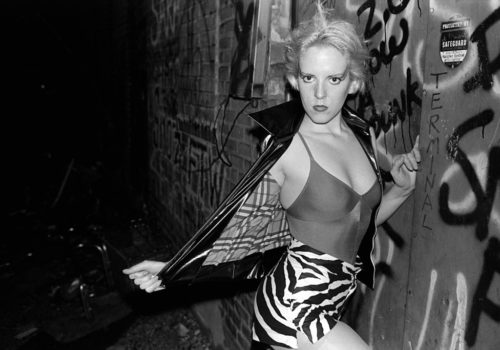The shutter clicks recording time as it passes before our eyes and through our lives in the form of the photograph, creating keepsakes from our book of life, creating mementos to which we refer when memory fails us. The photograph becomes the record of the moment as it passes, of who we are, how we are. Of how we see ourselves, each other, and the world through a lens, through the click of a mechanical eye that blinks time and again, over and over in the hands of the photographer.
And so it is that the photograph becomes more than a moment in one life, but a moment in all lives, brought together in this instant. And so it is the photographer who becomes record keeper of our time on earth, all the better to reflect on what has come and gone, and lives anew in two dimension form. It is the photograph that remembers, long after we forget, of a place and a time and a people that we may have never known, or ever met.
It is the photograph that brings us back to the beginning, to the moment once ephemeral, now preserved for as long as the object lasts. And so it is that we collect these pictures together in the book of life. We edit and sequence, print and bind, we showcase who and were and what we are as a way to reconnect with the world.
Back in the 1970s when New York teetered on the verge of bankruptcy, a new world was being born, a world of Do It Yourself (cause if it ain’t you, it might never be). It was during this time that Richard Verdi went out every night going with his friends to catch live music shows at CBGB’s. Verdi has just released his book, New York Punk, self-published, because that’s what D.I.Y. means. New York Punk is a charming number, like the paperback photography books of the 70s, the collections of printed matter done in small editions and halftone printing. Paper and ink, bound in hand, pages turning one after another, a story of how we lived then.
Verdi’s photographs are from a time before video killed the radio star, from a time before any of these artists were on the radio, when they were still at the clubs doing shows for the crowds. Style is everything, and it is here in high contrast black and white. It is where it all began, an aesthetic of destruction distinctly American. New Yorker to be exact. This is downtown when it was underground and more people were none the wiser to what would come next.
Which is why Verdi’s work is a welcome addition to the work of the times. It is by virtue of Verdi’s familiarity that we are transported to the thick of things, brought up close and personal in a new way. In a Verdi photograph, his subjects sleekly creep across the scene, and the music rocks so hard you can feel the walls thump and thump only there’s no sound at all, just paper and ink in your hands.
There’s something about music and photography, about graffiti, about sexy girls and shirtless guys, there’s something about books of everyone who was out, and not a caption written. Nothing except the photographs themselves, like you’re in the crowd and Hurley is showing you around. Every photograph vibrates and comes alive with the beauty of raw youth blooming in the dark. Verdi’s photographs remind us that even though New York has changed, the spirit of punk remains in those who know it well.
http://www.lulu.com/us/en/shop/richard-verdi/new-york-punk-a-photo-essay-of-the-new-york-punk-scene-during-the-1970s/ebook/product-17449506.html
http://www.photographybyverdi.com
http://missrosen.wordpress.com
















